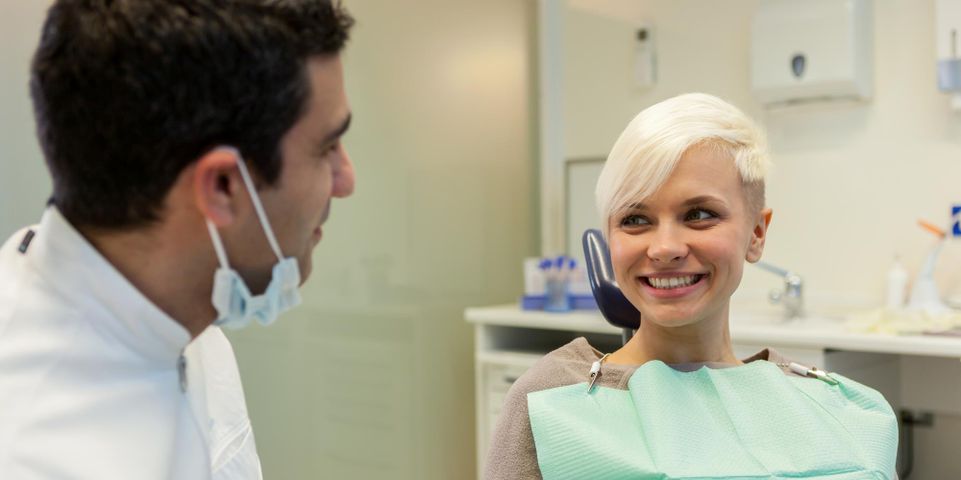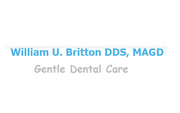
Dental bone grafting is a routine oral surgery designed to restore damaged or lost jawbone, particularly those segments found underneath the gum tissue. In this procedure, a skilled professional takes a healthy sample of bone from elsewhere in the patient’s body or uses a special composite material. This is then affixed—or grafted—to the jawbone area to stimulate the growth of new, healthy tissue. If your dentist is concerned about your jaw health, here’s what to know about the grafting process and how it can support your overall dental hygiene.
When Is Bone Grafting Necessary?
Saves Teeth From Gum Disease
Also known as periodontitis, gum disease is an infection that spreads through the visible gum tissue and the underlying bone. As the infection progresses, bone loss can occur around the roots of teeth, causing them to loosen and fall out. If this dental hygiene issue is caught early on, grafting can help restore these damaged sections to stabilize teeth.
Supports Dental Implants
 Dental implants are used to replace natural teeth that have fallen out or been extracted. These prosthetic devices are surgically inserted beneath the gum line, where they fuse with the underlying jawbone.
Dental implants are used to replace natural teeth that have fallen out or been extracted. These prosthetic devices are surgically inserted beneath the gum line, where they fuse with the underlying jawbone.
If there’s not enough bone present to support the implant, grafting may be necessary to restore the tissue.
Prevents Aged Appearance
Whether due to infection or another health problem, lost jawbone tissue can cause cheeks to sink in or droop. These changes may cause one to develop a prematurely aged appearance. With grafting, however, the jaw can maintain its full shape and support the facial structure.
What Should You Expect During a Dental Grafting Procedure?
Since it’s a minimally invasive procedure, dental bone grafting can be performed with local anesthesia in most cases.
To begin the procedure, your oral surgeon will either take healthy bone material from your own living tissue or a biological donor or, alternatively, use a special composite. Next, a small incision will be made in the gum tissue near where the bone loss has occurred. The healthy material will then be strategically applied to the area, and the gums will be sutured together to heal.
If the graft was successful, healthy bone tissue should develop within several weeks.
If you require bone grafting to treat gum disease damage or prepare for an implant, turn to the office of William S. Britton, DDS, MAGD. Using advanced tools and techniques, this family dentist and oral surgeon of Chillicothe, OH, will carefully restore weak jawbone through a simple and comfortable procedure. Dr. Britton will also take steps to enhance your dental hygiene as you heal from surgery. To learn more about these capabilities, visit this local dentist online. For an appointment, call (740) 772-2225.
About the Business
Have a question? Ask the experts!
Send your question

